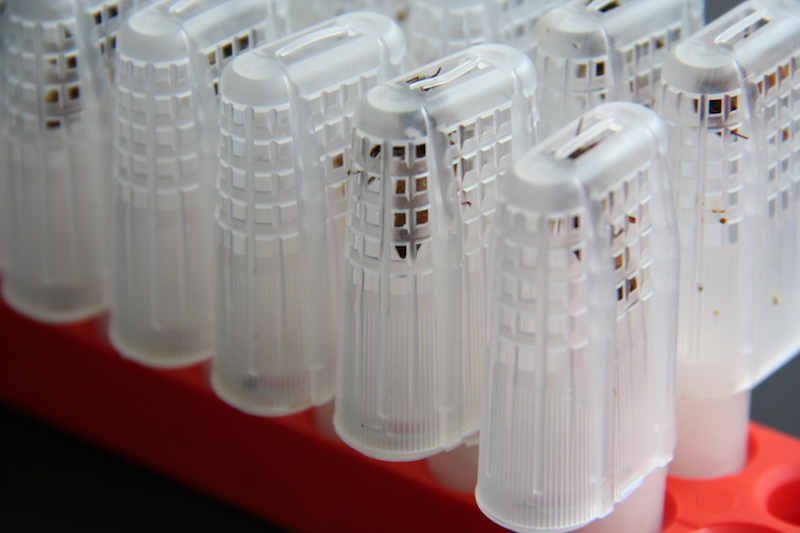Replacing a queen is a meticulous step, beekeepers must take into account the natural behavior of the colony to make sure the bees accept the new queen. The queen is the cohesive element of the hive, through phenomenal secretion, therefore a queen-less hive largely affect the behavior of the rest of the bees. Likewise, aged-queen hive are more prone to diseases and swarming. Thus, it is essential for beekeepers to change bees regularly, to do so they must remove the old one, wait a few days for the bees to realize and then introduce the new one.
How to make the introduction of the new queen easier?
— The best timing to change your queen is during honeydrew and late
in the day. If you need to change it outside this period, heavier
feeding can help ease the transition.
—Leave the new queen in the cage, to let the bees get use to her presence and odor without risking them killing the new queen.
—The introduction of a new queen is more likely to succeed in largely populated hive.
What factors lead to a failure in the introduction of a new queen?
—When the new queen is from a different race than the rest of the bees.
—Hives that are filled with diseases are more likely to reject a new queen
—The longer the transition between queens (meaning the time when the
hive was left queen-less), the more uncertain the introduction is going
to be.
The international color code:
—Blue: queen’s year of birth ending by 0 or 5
—White: queen’s year of birth ending by 1 or 6
—Yellow: queen’s year of birth ending by 2 or 7
— Red: queen’s year of birth ending by 3 or 8
— Green: queen’s year of birth ending by 4 or 9

